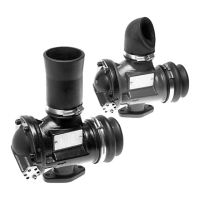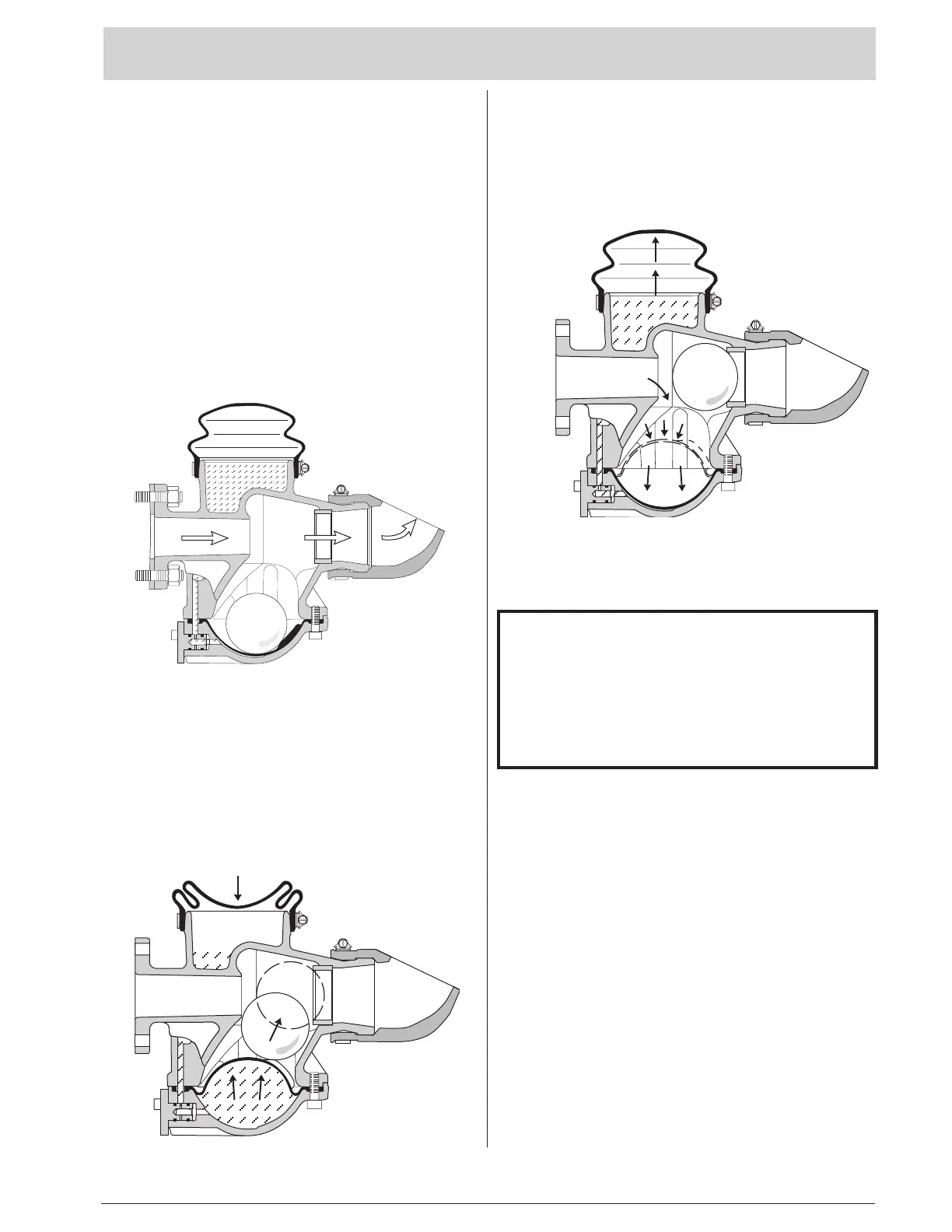
 Loading...
Loading...
Do you have a question about the ITT Flygt 4901 and is the answer not in the manual?
| Type | Control Unit |
|---|---|
| Frequency | 50/60 Hz |
| Power Consumption | 10 W |
| Protection Class | IP 66 |
| Housing Material | Polycarbonate |
| Weight | 1.5 kg |
| Dimensions | 200 x 150 x 100 mm |
| Operating Temperature | -20 to +60 °C |
| Storage Temperature | -40 to +70 °C (-40 to +158 °F) |
Primary function and operation of the flush valve, including its mechanism.
Specifies where the flush valve is used and the necessary installation prerequisites.
Details the flushing capacity and coverage area of the flush valve.
Essential safety advice to be followed during the installation process.
Step-by-step instructions for securely attaching the flush valve to the pump housing.
Guidance on how to adjust the duration of the flushing cycle.
Instructions for fine-tuning the regulating valve to control flush time.
Describes the initial state of the valve components before pump activation.
Explains the valve's operational sequence and diaphragm movement upon pump startup.
Recommendations and precautions for the initial operation of the flush valve.
Details regarding the type of oil used and its properties in the flush valve.
Guidelines for regular inspection of the valve and its components.
Information on the recommended schedule for significant maintenance overhauls.